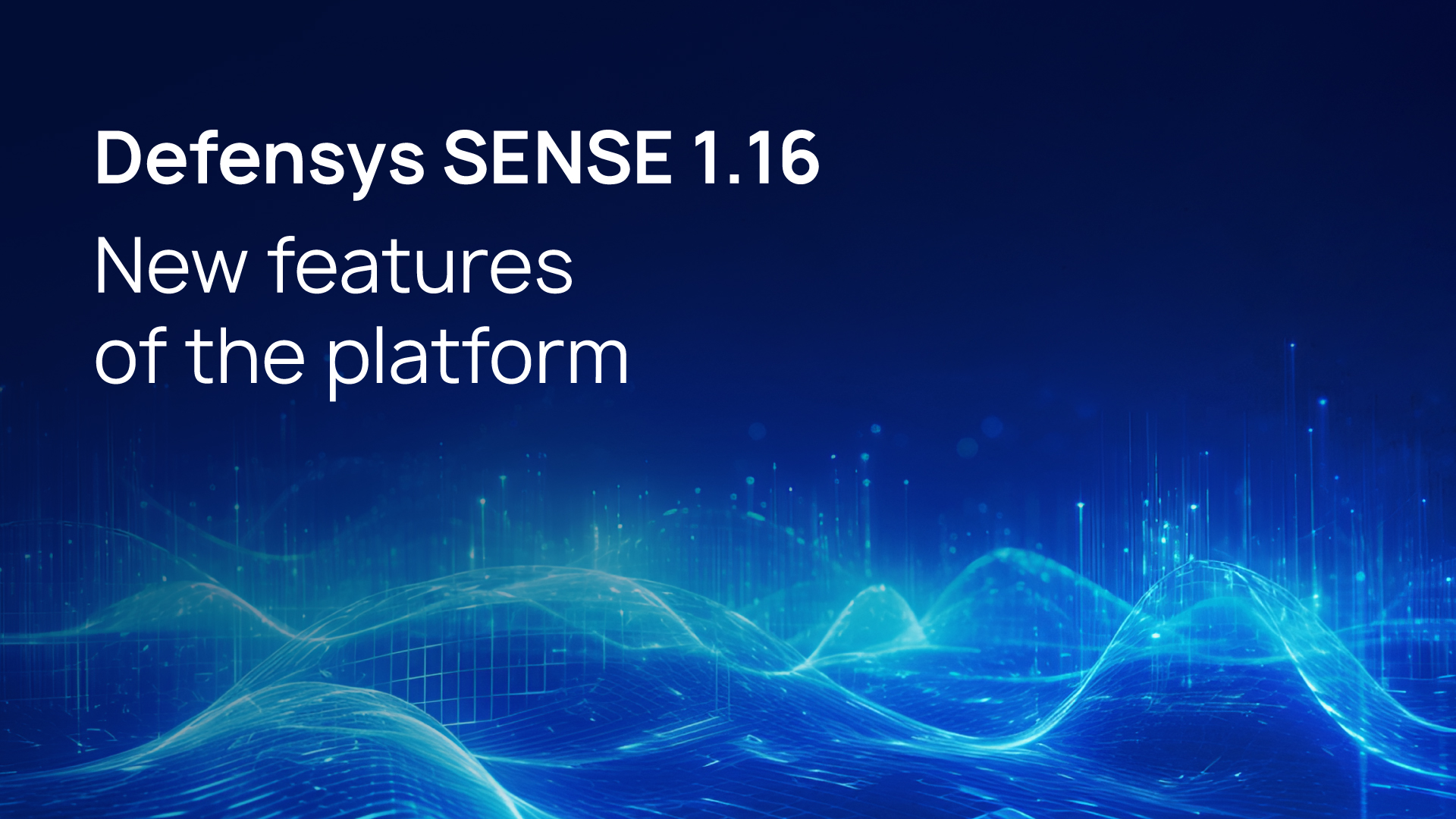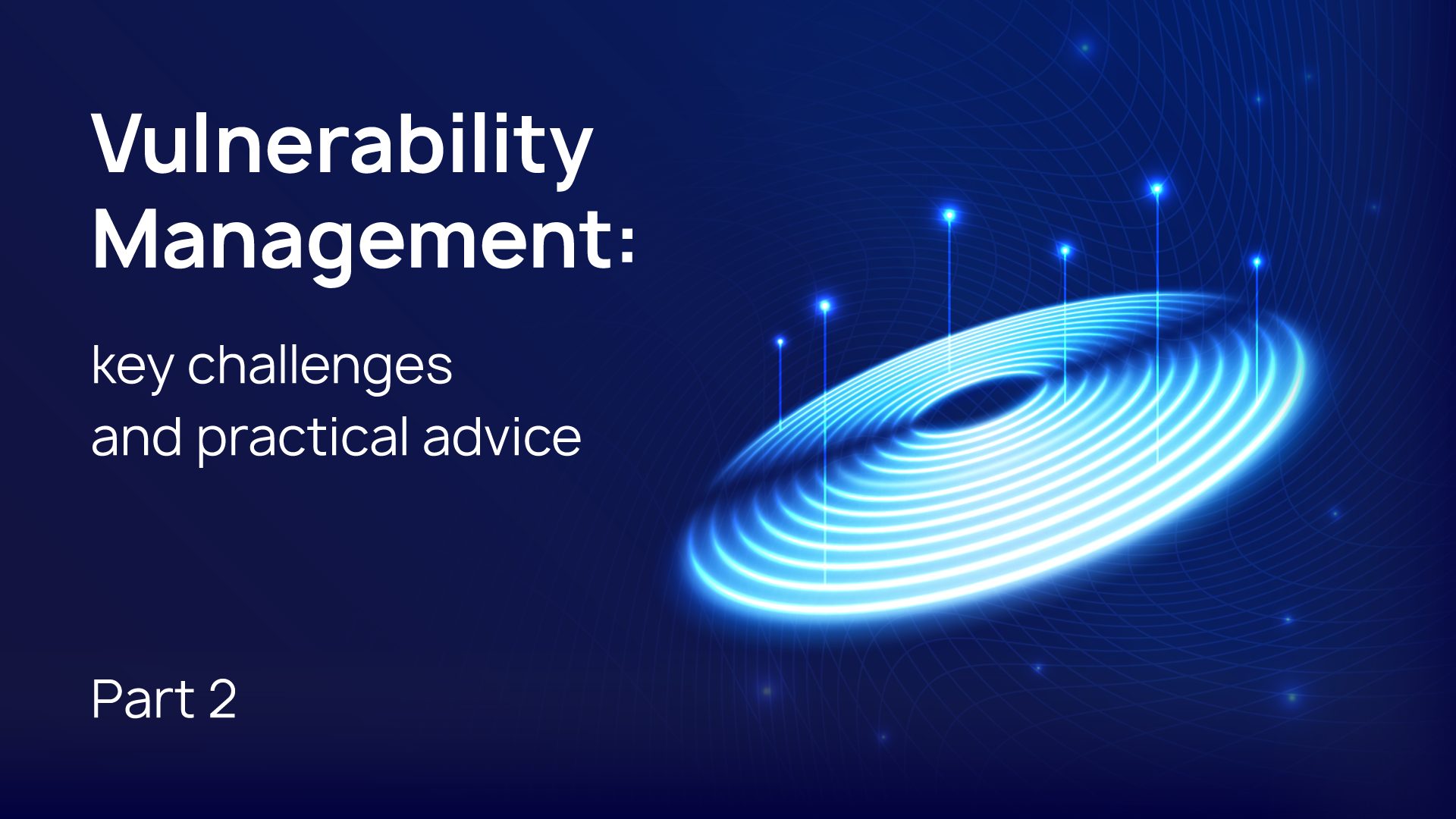
Defensys has released a new update of the Defensys SENSE Platform v. 1.16 to raise efficiency of companies’ information security. In the modified version detection scenarios were extended with new 15 anomalies. Additionally, the vendor has added a new section called “User profile” for object monitoring and has changed the timeline visualization for a quick artefacts collection during the investigation process.
Defensys has significantly changed the handling of monitored objects. The new section “User profile” immediately provides users with detailed data regarding all sessions of the monitored object, helps to analyze them in one tab and leave comments. Moreover, Defensys has divided event chronology into sessions and limited the display of the monitored object’s activity to one day. A wide range of data on a user’s behavior during a certain period of time is displayed for each session: anomalies, triggered alerts, users’ accounts, equipment, and overall rating. Now events of the same type are grouped in sessions to raise information value of the timeline and make it more convenient for data analysis. New functions allow CS specialists to promptly form the investigation context and to make the process of artefacts’ collection 3 times shorter.
Defensys’s team continues to improve detection features for a better cyber security posture.


The Power generating company hadn’t had any automation programs for their cyber security processes. As the number of branches and employees increased, the Company decided to implement modern software to minimize the manual work and save valuable time.
The Defensys ACP attracted the Company’s attention, because of its automation functions and asset management capabilities from the cyber security perspective.
On the way to the software installation our engineers faced a challenge: the Company has a lot of branches, that makes inventory process in the organization very complicated. The Defensys multi-tenancy option could not be used unless there is a clear understanding about the crossing IP addresses in the whole IT and OT infrastructure.
To keep records of assets in all branches and not to mix them all up the Developer has found a solution – the Defensys ACP could work with the same asset IP addresses from different branches and remote plants due to the ability to label the network when performing the inventory scan. Besides, the Defensys software was integrated with a SIEM system and antivirus solution in each branch.
The Power generating company doesn’t need customized processes or dashboards, because pre-installed options meet Company’s demands.


In the article we continue to describe vulnerability management and challenges companies can face when setting this process, as well as share tips on how to overcome them.
Stage 4. Remediation
Remediation means taking of appropriate measures to neutralize detected vulnerabilities. It consists of installing patches/updates, stopping or disabling certain services and protocols, performing compensating measures or taking risks for non-remediation. Decisions made on detected vulnerabilities are usually indicated by appropriate statuses (e.g., compensatory measures, risk accepted or false positive). This is necessary to evaluate further actions on vulnerabilities and control their remediation.
If users decide to remediate the vulnerability, a task for IT department should be automatically created in a Service Desk system and the patch management (process of managing and applying patches, updates and software fixes) should be started.
Challenges and recommendations:
As mentioned above, vulnerabilities can be fixed using updates and patches or by modifying configuration files, but its installing process is often a complicated procedure. This may be caused by incompatibility with other programs, testing necessity, or missing access to the system for updates.
There are definitely assets, software, and services in any organization’s infrastructure that are difficult to patch.